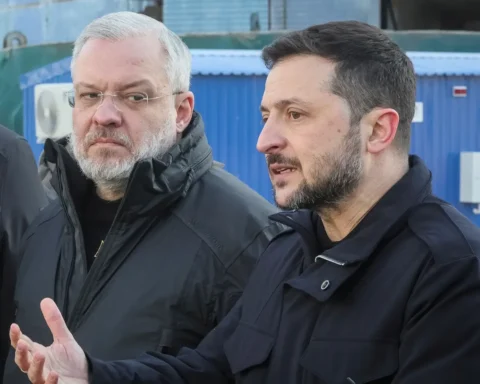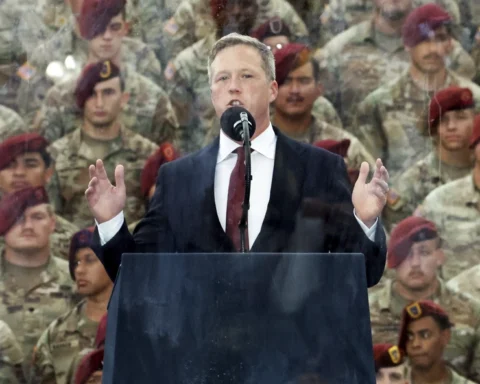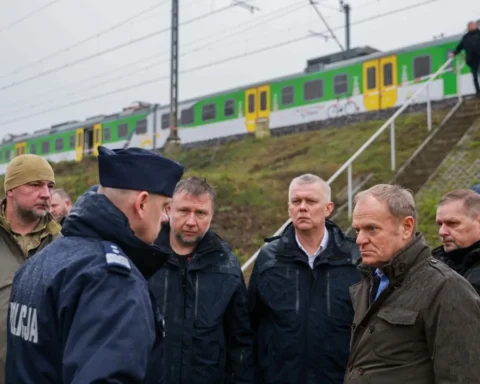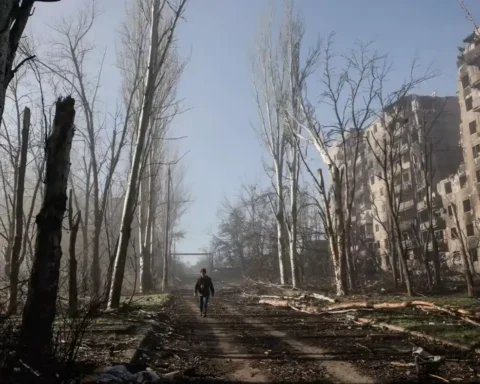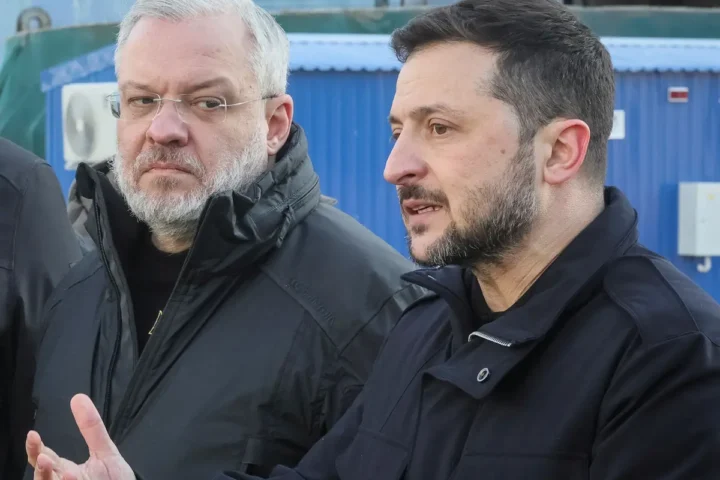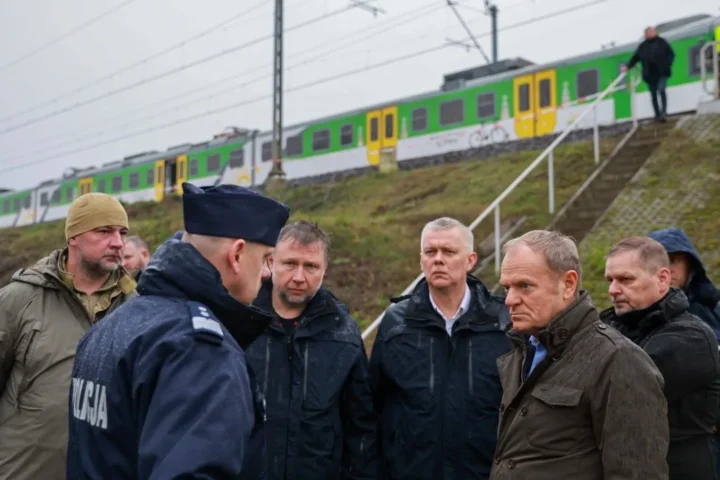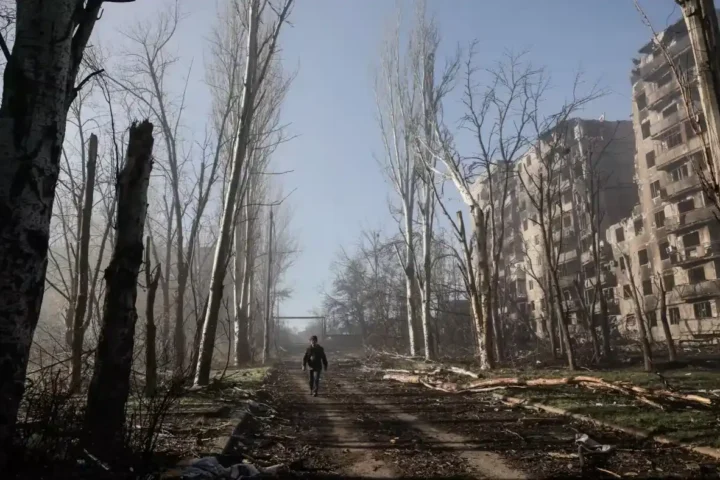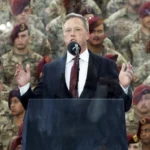According to NZZ, the Kremlin’s initiative is an attempt to reduce strategic uncertainty amid stalled discussions on Ukraine and the broader collapse of the arms-control architecture.
A “Suspended” Legacy of Détente
In recent years, Russia and the United States have let almost all arms-control treaties—once signature achievements of the Cold War and its immediate aftermath—expire or be terminated. Only one remains: the 2010 Treaty on Measures for the Further Reduction and Limitation of Strategic Offensive Arms (New START). Even that treaty has been operating only partially since 2023: Moscow, and then Washington, suspended inspections and mutual verification, observing only the numerical caps.
The treaty expires in February 2026, and there is no legal option for another formal extension. That creates a risk of sharply rising strategic unpredictability—precisely what the Kremlin now says it wants to address.
Moscow’s Proposal: Honor the Caps for One More Year—If the U.S. Does the Same
On Monday, President Vladimir Putin announced that Russia is ready to abide by New START’s limits for one additional year. The proposal concerns three key figures:
- no more than 700 deployed delivery systems (intercontinental ballistic missiles, submarine-launched ballistic missiles, and heavy bombers capable of carrying nuclear weapons);
- no more than 800 launchers (including both deployed and non-deployed);
- no more than 1,550 nuclear warheads.
The condition is reciprocity from Washington. According to Putin, Russia’s armed forces have been instructed to closely monitor whether the United States observes the same limits. As NZZ notes, the way the announcement was staged underscored its weight: the press office pre-flagged “important statements,” and the permanent members of Russia’s Security Council convened in person at the Kremlin rather than via video link.
Accusations Toward the West—Without Reassessing Russia’s Own Decisions
The televised address also served a familiar line of criticism: the West, and the United States in particular, allegedly dismantled the international security system by rolling back treaty after treaty—hence the degradation of strategic stability. Russia, Putin said, can respond to any challenge but is not interested in an arms race. At the same time, as NZZ underscores, the message omitted Russia’s own decisions—from new weapons programs to the launch of large-scale military operations in Ukraine—which fundamentally altered Moscow’s relations with Europe and the United States.
Why This Doesn’t Solve the Problem—Yet Still Adds a Bit of Predictability
Even if the proposal is accepted, it does not resolve the core issue: in an era of intensified great-power rivalry, strategic security remains under pressure. The moment is ill-suited for a full-fledged return to arms control: diplomatic channels are narrowed, trust is eroded. Nevertheless, as NZZ argues, a temporary commitment to New START’s ceilings at least partially lowers the uncertainty that would inevitably surge after the treaty’s formal demise.
Context matters: in 2021, Vladimir Putin and the newly inaugurated U.S. President Joe Biden agreed to extend New START for five years, through 2026. The idea was to hammer out a follow-on framework in the meantime. That never happened: the war in Ukraine and the practical halt of U.S.–Russian strategic dialogue froze the process. Moscow has repeatedly professed “interest in strategic stability,” but has tied substantive talks to the cessation of U.S. assistance to Kyiv—a politically and practically unrealistic precondition.
The Kremlin’s Bet on President Donald Trump
Moscow appears to see President Donald Trump as the primary addressee of this signal. According to NZZ, strategic issues have often figured in previous leader-to-leader calls, while talks on ending the war in Ukraine are at an impasse: President Trump has publicly voiced both dissatisfaction and disappointment with Putin. In such an atmosphere, progress on “adjacent” tracks—nuclear control, for instance—could soften Washington’s stance and cool sanctions initiatives. For the Kremlin, easing tensions with the United States seems a higher priority than a rapid breakthrough toward peace in Ukraine.
What the White House Wants: Preserve the Framework—and Go Further
In July, President Donald Trump said he was interested in maintaining New START’s arrangements even after the treaty formally expires. He would also welcome further reductions in nuclear arsenals. During his first term, Trump proposed “global denuclearization,” insisting on bringing China into the process and accounting for non-strategic (tactical) nuclear weapons.
Moscow, in turn, has long argued that without factoring in the forces of the United Kingdom and France, the picture is incomplete—and has proposed including them in any future regime. As NZZ emphasizes, both expansions—bringing in China and the European nuclear powers—look politically unrealistic for now.
What’s Next: A Narrow Window That’s Still Open
- A short-term safety latch, not a full architecture. Moscow’s initiative is a temporary guardrail against a sharp rollback, not a new treaty.
- Reciprocity is critical. Any sign that either side is breaching the caps would instantly nullify the effect.
- A broader deal would require third players. Without China—and without clarity on British and French forces—envisioning the next “big” framework will be difficult.
- Ukraine remains the chief brake. As long as the war in Ukraine continues and Kyiv receives substantial external support, NZZ assesses the odds of a substantive strategic-stability dialogue as minimal.
According to NZZ, the Kremlin’s proposal is a calibrated message to Washington and personally to President Donald Trump: without altering the larger geopolitical course, reduce the risk of an uncontrolled drift toward an arms race and buy time. Yet a durable arms-control regime—with verification, inspections, and new participants—remains a distant prospect.
This article was prepared based on materials published by Neue Zürcher Zeitung. The author does not claim authorship of the original text but presents their interpretation of the content for informational purposes.
The original article can be found at the following link: Neue Zürcher Zeitung.
All rights to the original text belong to Neue Zürcher Zeitung.



